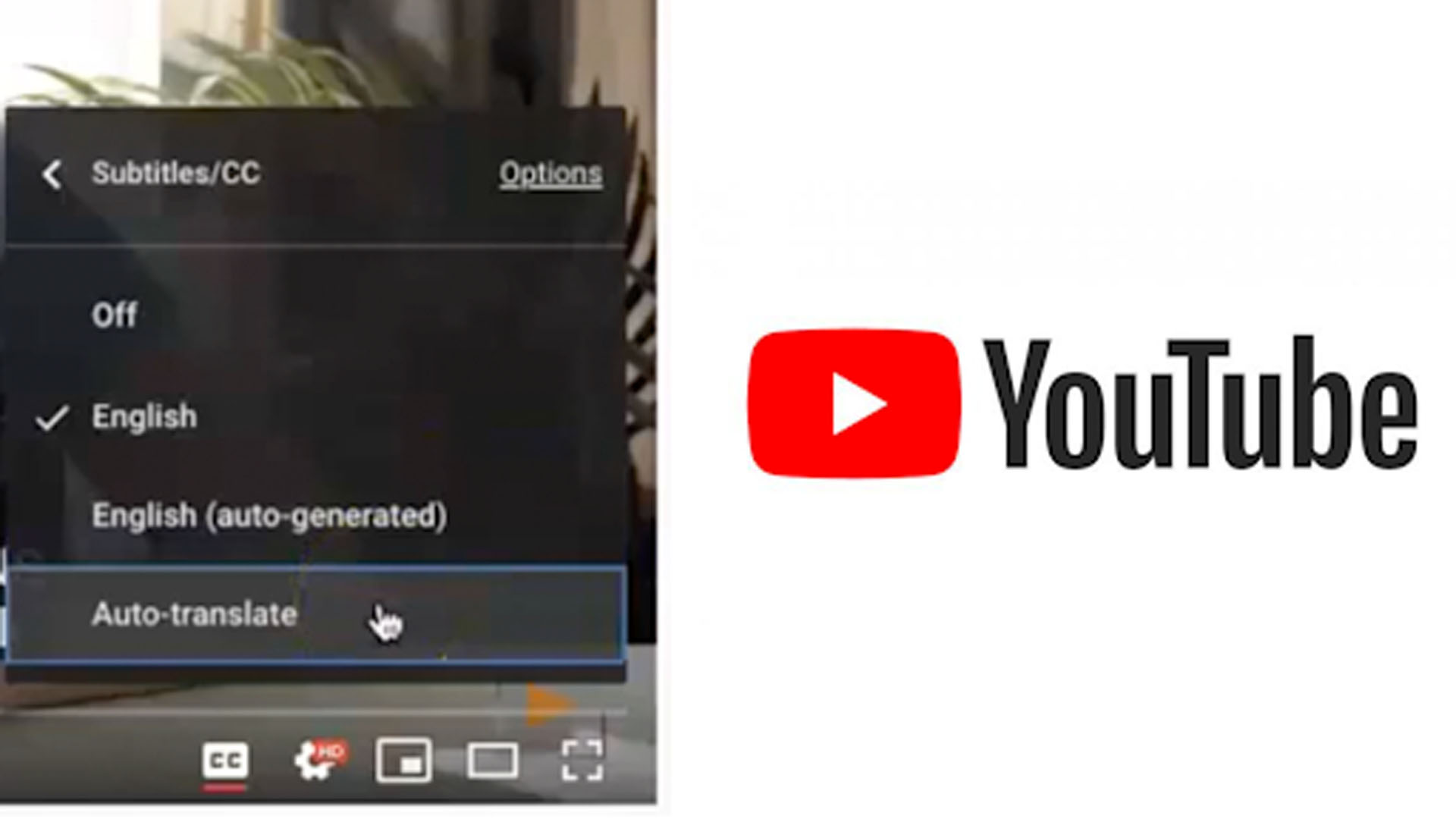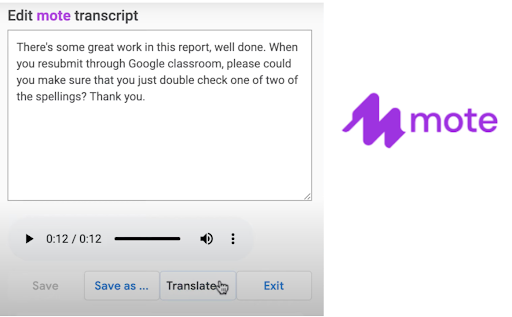A herd of wide-eyed families squeeze through the doors held open by teachers displaying their biggest smiles. Families bustle down the hallways, some still wearing their work clothes since there was no time to go home to change. They find their child’s teacher’s name on a colorfully decorated door and slowly enter the classroom. Once inside the door the teacher spouts out a beautiful array of acronyms like NWEA, ELA, WIDA, ELL, SpEd, IEP and also other words like ParentVue, Dojo, Jamboard, Google form, Google Meet, and more. Minds are spinning as families are ushered into the crowded hallway once again. Tables line the gym with information on afterschool programs, school services, PTO/PTA sign ups, sports and tutoring promotions, and more. Thirty minutes later, bewildered families with a stack of yellow, pink, and blue papers emerge from the school building, still replaying the events of the evening in their heads. And then just like that back to school night is over.
Simply reading through the description of this event can cause anxiety to build up. For a family that is multilingual/cultural this can cause feelings of worry, helplessness, frustration, insecurity, and even shame. Imagine walking into a crowded building with unfamiliar faces, cultural norms, and language. Multilingual/cultural families often nod politely as they decipher bits and pieces of a language they may still be developing. Often one or two documents are translated into some recognizable words but so many seemingly vital parts are missing. Teachers might offer brief interactions but then, with the realization there is a language barrier, turn away to have a more detailed conversation with a family who is English proficient. As a devoted parent or caregiver strives to provide the best educational opportunity available to their child, this experience can solidify the feeling that not only does that family not belong but neither does their child. During Back to School “parents will be alienated by the use of educational jargon, lack of translation, or interest conversion, and could be dissuaded from becoming active participants in their children’s educational careers” (Hwang et al., 2020).
Since “education is a shared responsibility of home, school, and community,” (Epstien, 2022) and family engagement is linked to student success (Jeynes, 2016 & 2017), the first acceptance into a cooperative relationship begins with Back to School night. Especially since Back to School night is one of the highest attended school events (U.S. Department of Education, 2018).
“The first acceptance into a cooperative relationship begins with Back to School night.”
The first impressions offered during the Back to School event have the potential to welcome families into a partnership with the teacher and the school. Relationship development between teacher and students alone is unable to sustain all of the educational needs of children. All families have an important role in education inside and outside of the school walls. When teachers highlight the importance of English language skills over other languages, it helps strengthen the teacher/student relationship, but in turn can distance the student not only from their native language but also their connection with their families (Hwang et al., 2020). Embracing the use of native language and creating a welcoming environment during Back to School night can have profound effects on the parent/student, teacher/student, and parent/teacher relationships. Many tools and strategies can foster partnerships even if language and cultural barriers exist. Pick and choose, mix and match, or provide all the possible options from these checklist categories.
“Embracing the use of native language and creating a welcoming environment during Back to School night can have profound effects on the parent/student, teacher/student, and parent/teacher relationships.”
1. Create an environment of trust
-
- A poster or display of the word/phrase “Welcome” in all known languages of multilingual families at the school.
- Interpreters standing near the entrance with signs so families can easily find someone with a shared language.
- Staff members with badges/buttons indicating other languages they speak, even at a basic level. (Check out an example on the image from Etsy)
- Name tags for staff and families, language abilities could also be communicated on name tags.

2. Highlight the value of family voice (in native language)
-
- Family video booth to introduce themselves in native language. Flip uses Immersive Reader and the settings can be set to 60 different default languages under topic settings Tip: create new topic for each language group. (Check out the image of Immersive Reader settings.)
- Alexa & Google Assistant for live/real time translations.
- Microsoft Translator app for multiple languages to connect simultaneously.

3. Onboard families
-
- Demonstrate translation options available for all families at every school event.
- Create a space to learn about tools used in the classroom in native language.
- Provide videos or role play opportunities to share family-teacher relationship expectations. Videos on YouTube with corrected captions can be auto-translated into 60 languages. (Check out the image of YouTube settings.)
- Highlight strategies for families to support student success through video tutorials or role play opportunities.
- Condense the details of acronyms and use visual aids to explain the curriculum.

4. Rethink involvement opportunities
-
- Surveys with translated text and with accompanying audio using MOTE to express interest in sports, afterschool, etc. MOTE has options to record in various languages and/or translate the transcription with the extension MOTE.
- Follow up on survey step-by-step process with deadlines translated and with accompanying audio using MOTE or Vocaroo. Check out the image of the edit settings in MOTE to set up translations.
- Explain value of afterschool programs and display images of diverse groups participating in events
- Actively recruit culture and language representation for PTO/PTA/School Board participation
- Cultivate excitement for additional family & language liaisons (volunteer and paid opportunities)
- Offer meetings specifically for multilingual families to:
- Address questions/concerns
- Obtain student support tips/guidance
- Receive clear communication about school happenings
- Acquire training on school platforms/technology
- Connect to community and resources.

Each school environment varies by platform, leadership, community, families, students, languages, cultures, and location. The aforementioned categorized checklists provide ideas on how to create a welcoming back to school for multilingual/cultural families. Additional recommendations are welcome, as creating a place of linguistic and cultural belonging differs so does the value of collaboration on creating the space for shared responsibility in education.
Works Cited
Epstein, J. L., & Sanders, M. G. (2006). Prospects for change: Preparing educators for school, family, and community partnerships. Peabody Journal of Education, 81(2), 81-120. https://journals.sagepub.com/doi/full/10.1177/1536504220977949
Hwang, J. K., Mancilla-Martinez, J., Flores, I., & McClain, J. B. (2020). The relationship among home language use, parental beliefs, and Spanish-speaking children’s vocabulary. International Journal of Bilingual Education and Bilingualism, 1–19. https://www.tandfonline.com/doi/abs/10.1080/13670050.2020.1747389
Schut, Brandon. (2022). Language Use by Educators Back to School Night. https://scholarworks.calstate.edu/downloads/sf268b51n [unpublished thesis at California State University, Stanislaus]
U.S. Department of Education, National Center for Education Statistics, National teacher and Principal Survey (NTPS). (2018) Public School Principal Data File. 2017-2018 https://nces.ed.gov/surveys/ntps/tables/ntps1718_20102001_a1n.asp
William H. Jeynes. (2016) A Meta-Analysis: The Relationship Between Parental Involvement and African American School Outcomes. Journal of Black Studies 47 (3) 195–216. https://journals.sagepub.com/doi/10.1177/0021934715623522
William H. Jeynes. (2017) A Meta-Analysis: The Relationship Between Parental Involvement and Latino Student Outcomes. Education and Urban Society 49 (1) 4–28. https://journals.sagepub.com/doi/full/10.1177/0013124516630596 ↩
Resources
Please login or register to claim PGPs.
Alternatively, you may use the PGP Request Form if you prefer to not register an account.


